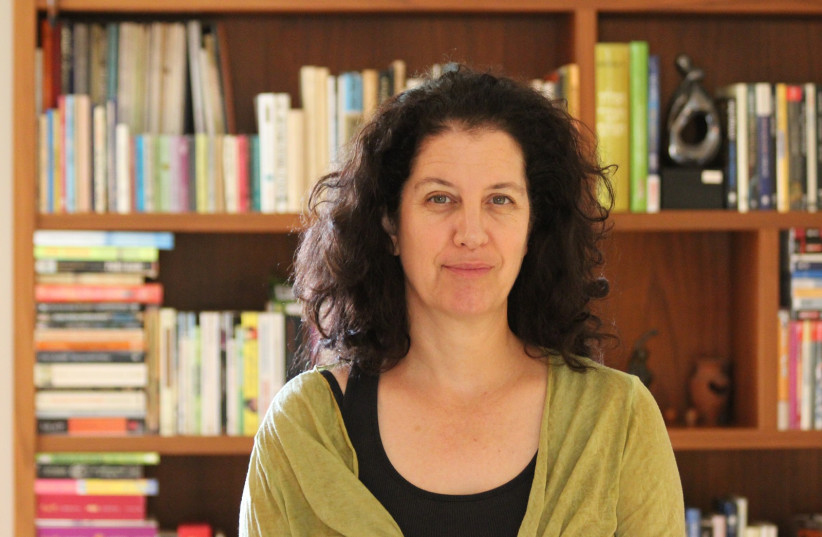A new study led by Dr. Sharon Gilaie-Dotan, a senior lecturer in Bar-Ilan University's School of Optometry and Vision Science and Gonda (Goldschmied) Multidisciplinary Brain Research Center, concludes that in the formation of visual memories, size counts.
For more stories from The Media Line go to themedialine.org
Gilaie-Dotan led the research team that conducted the study, which sought to determine whether large images were better remembered than small ones during natural daily behavior. Though it may seem obvious that they would be, Gilaie-Dotan explained to The Media Line that in memory research, it was popularly assumed that size would not influence the memories one creates about items, since we usually understand what appears in an image, whether it is large or small.
But the new study, whose results were published in the journal Proceedings of the National Academy of Sciences, confirmed that humans do tend to remember bigger items better than smaller ones.
Around three years ago, a team led by her and including two of her doctoral students, Shaimaa Masarwa and Olga Kreichman, decided to conduct a pioneer study to definitively answer the question of whether size mattered to memory formation.
One hundred and eighty-two subjects participated in seven different experiments in which they were exposed to various images without knowing that a memory task would come after. Later, their memory of the items was tested.

Gilaie-Dotan said these experiments were designed to examine and control for many possible factors that could explain the result. The team found that larger images were indeed better remembered. “Again and again, we found that size was a dominant factor,” she said.
Gilaie-Dotan explained one possible reason that may stand behind this phenomenon: “We assumed that it happens because in the initial stages of processing a visual image, a bigger image occupies a bigger area on the retina, and this is also reflected in the regions of the brain that process the information that is available on the retina.” In other words, a bigger image activates more neurons in the brain which can begin a whole series of changes in the way we process that visual information and create memories.
Professor Daniel Levy, a human memory specialist at Reichman University in Herzliya, explained to The Media Line that a possible alternative reason for the human brain better remembering larger objects could be that we just pay more attention to bigger items. Despite that, he added that during the research, this factor was considered, and the assumption was tested and discarded.
In some tests, the subjects were exposed to blurry big images together with sharp smaller ones, and, Gilaie-Dotan said, “the bigger items were still remembered better even though they were fuzzy,” which discredited the possible alternate explanation.
These findings, Gilaie-Dotan explained, may have influences on different fields. “It may have implications on both education and developmental aspects. Even in older adults, where vision starts to deteriorate. So, it may be important to consider the possibility that the size of visual information may assist the processing or the quality of processing of that same information.”
Levy pointed out that for most people, vision tends to deteriorate with time, and based on this study’s result, he explained, “it could be that if older people were given an opportunity to see things at a larger resolution, that wouldn’t only make it easier for them to see, but maybe it would even help them remember better.”
Regardless, Gilaie-Dotan clarified that for now, this is just speculation, and future studies must test it to understand whether age influences the results. “The study was carried out on subjects between the ages of 18 and 40, which is the range of ages of fully developed vision before it starts deteriorating. We only tested normative adults with healthy vision,” she said.
Based on the results, Gilaie-Dotan said a whole new series of questions was opened and that more studies on the subject were being or would be conducted soon. “We already have some follow-up studies taking place in different stages,” she said. “There is an endless number of studies that I want to carry out as a result of this particular study.”
The study is just the first of many in the field that could, after a series of follow-up investigations, become a game-changer in the field, helping to improve memory-building for older adults and potentially having many other applications that have yet to be discovered.